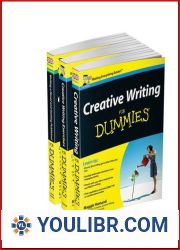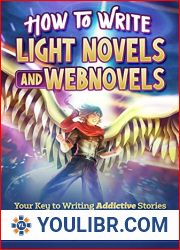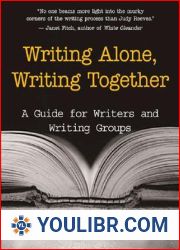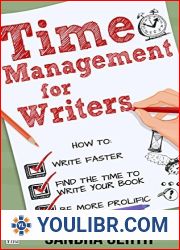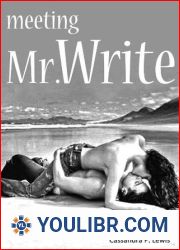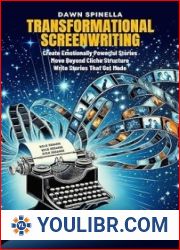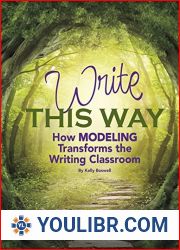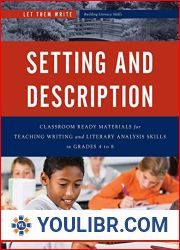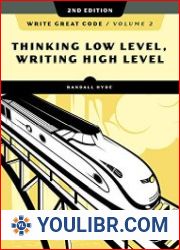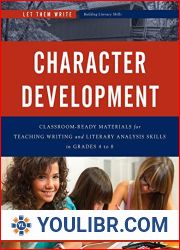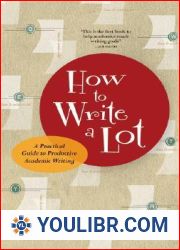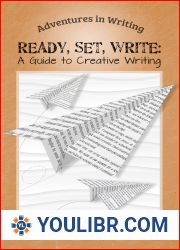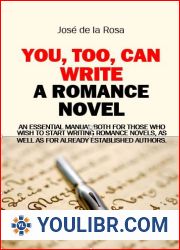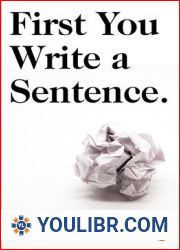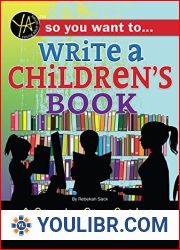
BOOKS - Writing Dark Stories: How to Write Horror and Other Disturbing Short Stories ...

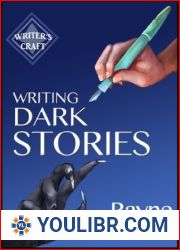
US $9.65

33000

33000
Writing Dark Stories: How to Write Horror and Other Disturbing Short Stories (Writer's Craft Book 6)
Author: Rayne Hall
Year: December 21, 2013
Format: PDF
File size: PDF 508 KB
Language: English
Year: December 21, 2013
Format: PDF
File size: PDF 508 KB
Language: English
Learn to haunt your readers with powerful, chilling tales. Make their spines tingle with anticipation and their skins crawl with delicious fear. Disturb their world-view and invite them to look into the dark corners of their own souls.This book gives you a wealth of tools and techniques for writing great short stories. It is part of the acclaimed Writer's Craft series.TABLE OF CONTENTSIntroduction1. FEED YOUR FICTION WITH YOUR FEARSPlaces. Weird Shudders. Phobias. Childhood Fears. Dreams. Human Attitudes. Ordinary Things.Assignment.2. WHY THE TITLE IS A STRONG STARTGathering Ideas. Assignment.3. WRITING BY THE SEAT OF YOUR PANTSNow Write. Prompts. The Freewriting Experience. Assignment.4. FIFTEEN MASTER PLOTSPlot Ideas You Can Use. Assignment.5. DARK FICTION AND HORROR GENRESHorror. Splatterpunk. Extreme Horror. Psychological Horror. Dystopian. Lovecraftian. Thriller.Mystery. Dark Fiction. Supernatural. Paranormal. Paranormal Romance. Dark Fantasy. UrbanFantasy. Gothic. Erotic Horror. Horror Comedy. Romantic Suspense. Steampunk. Ghost Stories.Slipstream. Speculative Fiction. Weird Fiction. Flash Fiction. Slice-of-Life. Cross-Genre.Collection. Anthology. Assignment.6. POINT OF VIEWDeep PoV Techniques. Serial Point of View. Omniscient Point of View. Other Point of View Styles.Assignment.7. MANAGING TENSIONGoal. Raising the Stakes. Conflicts Among Characters. Peaks and Troughs. Assignment.8. BUILDING SUSPENSEPose a Question. The Ticking Clock. Pacing. The Door Opens. Assignment.9. HOW TO SCARE YOUR READERSDarkness. Sounds. Chill. Isolation. Meet the Monster. Get Visceral. The Gory Bits. Assignment.10. CREEPY LOCATIONSSelect the Setting. Inspiring Pictures. How to Describe the Setting. Practical Research. SettingResearch Checklist. Assignment.11. MAKE THE MOST OF THE WEATHERCreate Atmosphere. Deepen the PoV. Make it Difficult for the Characters. Strained Tempers. Moodand Foreboding. Beware the Pathetic Fallacy. Collecting Descriptions. Assignment.12. HOW TO OPEN YOUR STORYOpening with Setting Description. Opening with Dialogue. Opening While All Seems Well with theWorld. Assignment.13. HOW TO END YOUR STORYEndings to Avoid. Seven Possible Endings. Leave Questions in the Reader's Mind. Assignment.14. VILLAINS AND MONSTERSHuman Villains: Cliches to Avoid. Motivation. Depth. Describing the Villain. Monsters: Reveal itBit by Bit. Keep it Plausible. Assignment.15. GHOST STORIESPlot and Backstory. Setting and Mood. Characters and Point of View. Assignment.16. VAMPIRES, WEREWOLVES, ZOMBIESVampires: Sparkling Versus Traditional. Vampire Tropes. Fiction Ideas. Werewolves: WerewolfTropes. Questions to Consider. Zombies: How Zombies are Made. Zombie Tropes. Fiction Ideas.Beware the Bite-Hiders. Assignment.17. RELIGIOUS HORRORHorror in Holy Books. Faith Versus Fear. Religious Historical Horror. Unbelievers Meet ScaryGods. Stories Presenting Religion as Evil. Writing About Other Faiths. Controversy. Assignment.18. Why Do People Read Horror Fiction?Seven Psychological Reasons. Assignment.19. MARKETING AND PUBLICATIONTraditional Publishing. Markets. Rights. Payment. Self-Publishing. Trends. Assignments.20. SAMPLE STORIES WITH COMMENTSBurning. Seagulls. Only A Fool.DEAR READERThis book uses British English.








